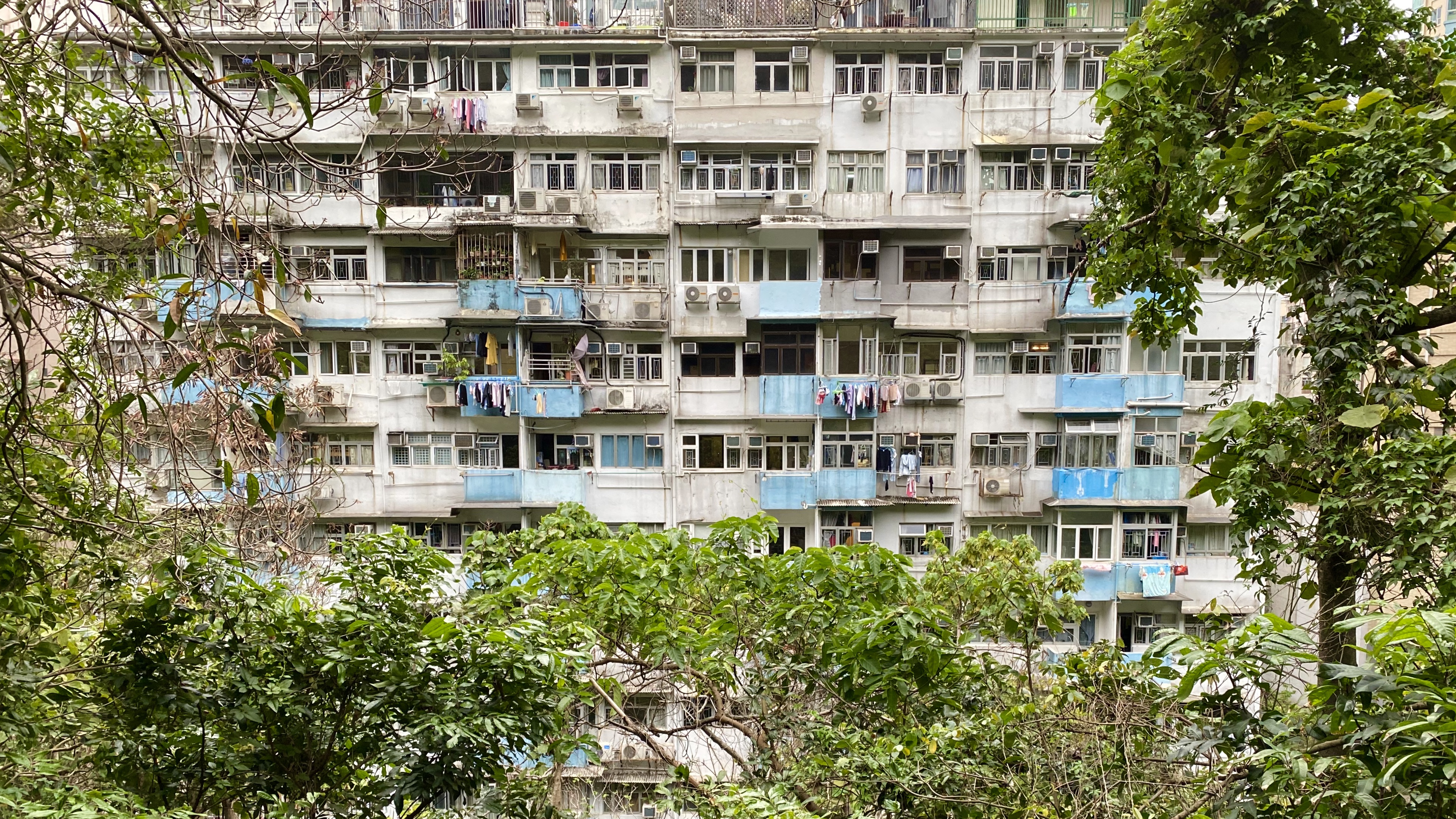During the last global crisis, the financial one, I took two years off and wrote a novel. The timing was luck, my own plans scheduled without advance knowledge of the rough stretch ahead. Regardless, I spent the first year of the economy’s downturn riding a bicycle around Houston, writing and living the simple life of one without worries or plans. The second year was harder, in San Francisco, the novel’s first draft complete and the need for future income growing clear. Doubling our rent in the move may have had something to do with the later.
The novel, still sitting unread on this hard drive, was about a world without air travel, and the story of a couple separated by the cessation. Like the years of my life that gave rise to the story, it was set half in China and half in the US. These last few weeks as the sound of an airplane overhead startles, for they have become rare, I am sucked back to those months of imagining such a world. Sitting on the terraces of Rice University I would linger on the idea, trying to deduce what else would struggle in a world without flights. Food supply chains would lurch inconsistently, I guessed, if flights were truly impossible. Air freight as a whole. The speed of things, of post and parcel and people all together would be reduced.
These were the guesses of a younger man, born of the peak oil debate and the belief in national selfishness once the end became apparent. They were made while riding a BMX to Fiesta to buy cheap produce, or beers for fifty cents at the student bar. They were guesses based on weeks spent in third and fourth tier cities in China while living in Shanghai. They were guesses based on lots of reading in a variety of directions. Fiction writing is like that, I think. It’s the act of putting together all the feelers we have out into the world, all the tingles about which way things might go, and telling a story based on living through them. It’s less about projecting the future than, for me, imagining what that future will do to what people care about.
Today, an airplane goes overhead and I stare up at it in wonder. The wonder isn’t new, I’ve been watching airplanes since I was a child in upstate New York, mowing lawns and wondering where those people overhead were going. Today the wonder is that people are going, that airplanes are flying. The sound has become a surprise and a reminder of something I love, of a world I adore. Airplanes, whose climate effects I worry about and work to offset in other ways, are still magical to me. They connect us across huge distances, across oceans and borders. Without air travel the world would be a worse place. Without going and seeing, without feeling, the world is a little harder to share, a little less likely to be understood. The internet can only bring us so close, and as today shows, once air travel is gone, the closing of a border is an easy move.
And so, here in the new crisis, in a time of deep uncertainty and tragedy, of death and eventually starvation, I hold out hope that we come through this, that we take care of each other. I hope that we build a better world out of the tragedies of the current one, and that we are one day again able to fly.
